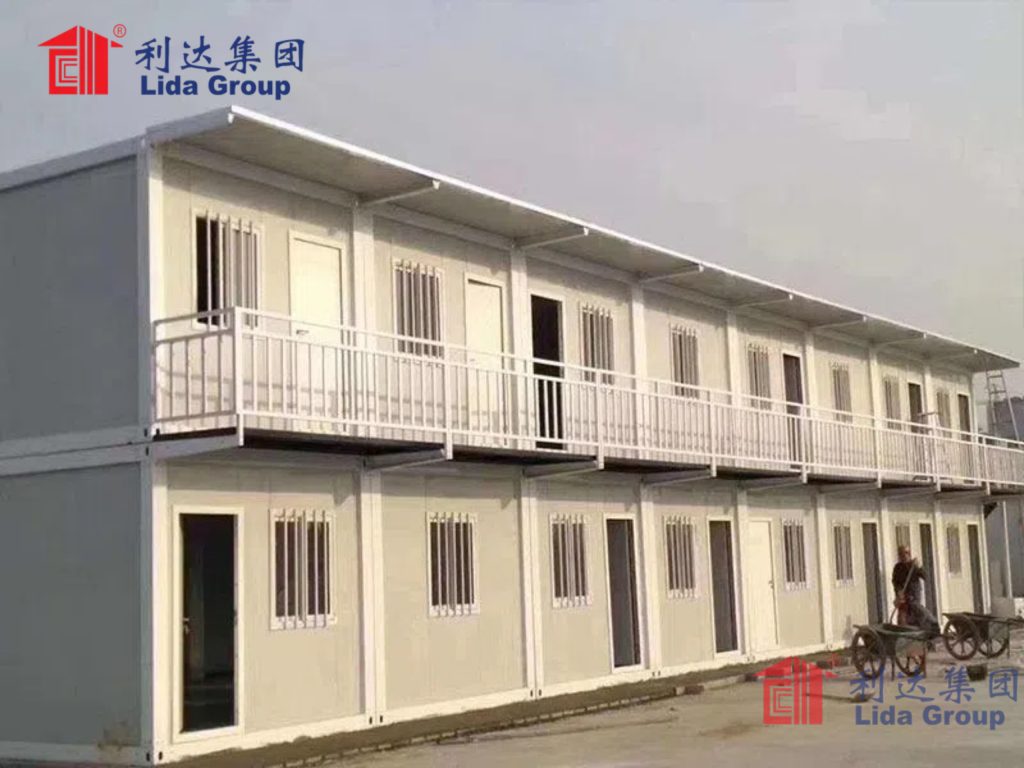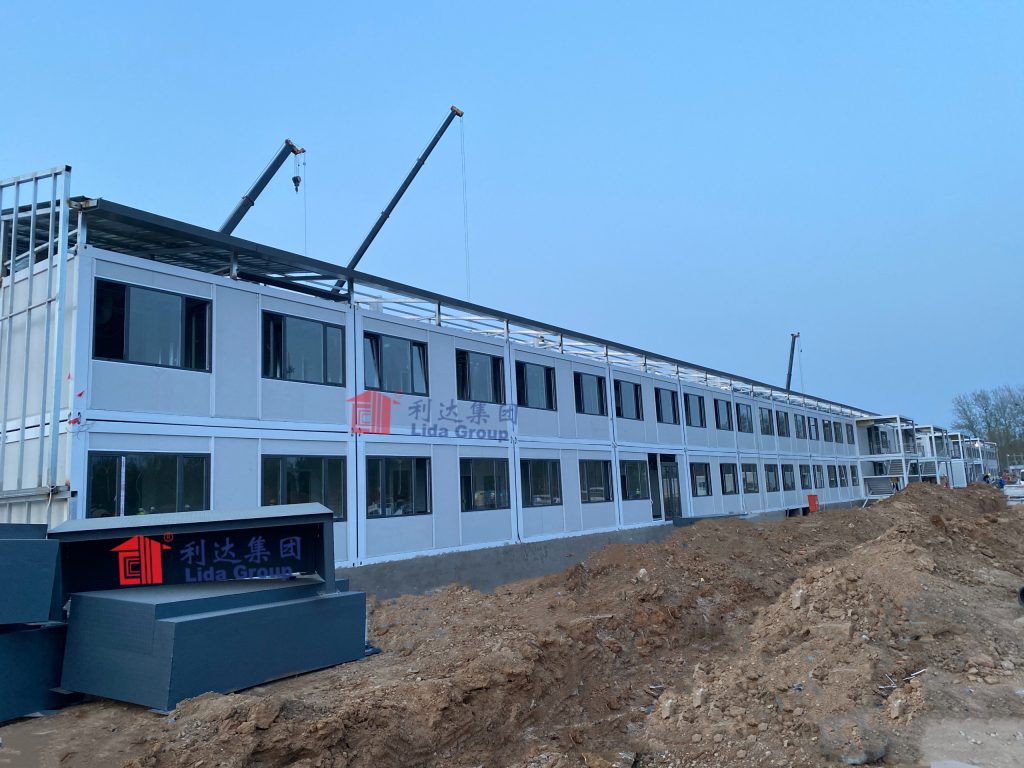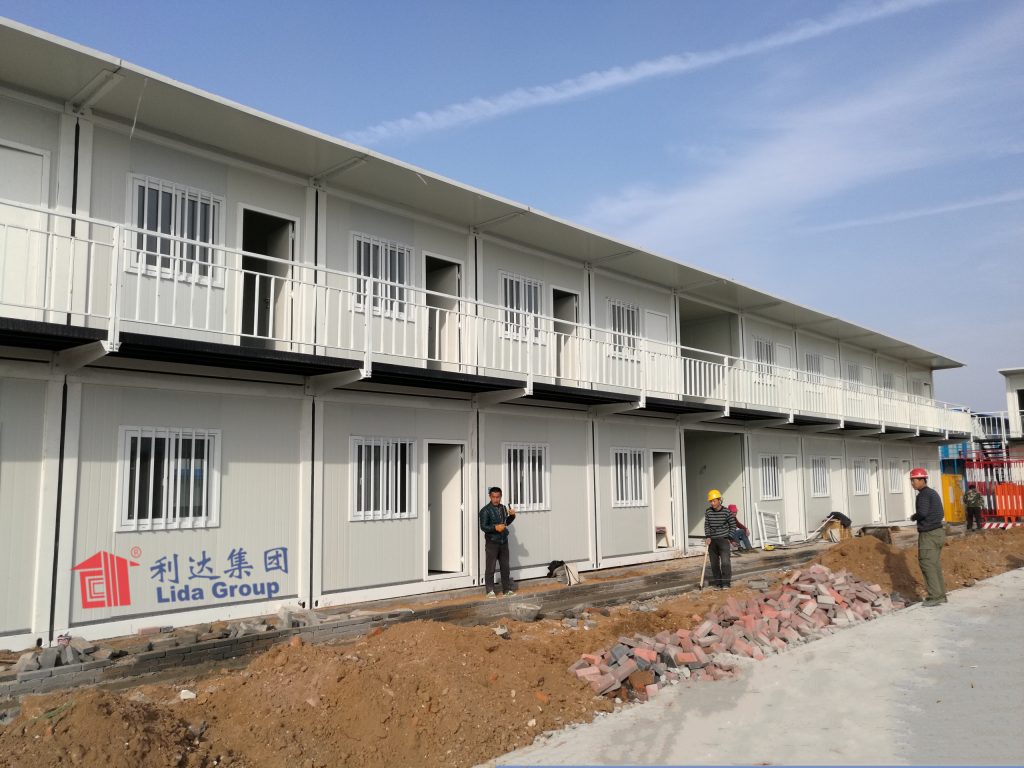Journalists Explore Scalable Shelter Options with Prefab Container Homes
As climate impacts exacerbate housing insecurity, communities require resilient solutions accommodating fluctuating needs. A delegation of journalists toured installations of modular prefabricated housing optimized for rapid deployment anywhere through standardized assembly. Developed by Shanghai-based Lida Group, their containerized construction upgrades transitional shelter worldwide through dignified neighborhoods erected affordably at massive scales.
Challenges of Conventional Shelter
Opening discussions addressed shelter gaps left by wooden stick-builds ill-suited reconstructions after natural disasters displacing millions annually. Traditional techniques rebuild slowly while tents prolong hardship for up to years until permanent homes.
Rising populations exacerbate challenges as approximately 80% of developing world residents lack access to adequate shelter exacerbating vulnerability to climate impacts. Such contexts require optimized transitional housing flexibly scaled to fluctuating needs through streamlined production.

Container Home Innovation
Welcoming journalists, Lida showcased repurposing shipping containers – affordable, reusable substrates converted into modular apartment units.
Engineers containerized efficient studio to family floorplans equipped with amenities. Components interconnected via universal fittings reconstructing complete neighborhoods rapidly as entire walls became single installable units. Structural integrity far surpassed tents, wooden cabins while optimized renewable integration ensured dignified living off-grid.
Modular Construction
Witnessing assembly, journalists observed a skilled 4-person crew reconstruct two entire container apartments in a single afternoon – an installation rate tens times faster than equivalent cabins.
Components interconnected like 3D puzzles via pinned joints integrated during container refurbishment for sturdy permanent bonds. Self-contained modules simply stacked or joined requiring no foundation work even on rugged terrain traditionally delaying reconstruction for months.

Community Impact
Delegates toured installations worldwide including Pakistan earthquake and Mozambique cyclone zones housing thousands transitionally. Over permeant rebuilds, renewables integrated within insulated containers ensured independent power/water access absent critical infrastructure or fuels.
Journalists interviewed residents praising privacy, dignity and empowerment regained rapidly through stabilized neighborhoods – advantages prolonging hardship when tents remain standard transitional housing as populations recover. Overall modularization streamlined communities resuming livelihoods from rubble to resilience within weeks.
Scaling for Future Needs
Visiting production facilities, experts estimated factories capable annual outputs accommodating millions through portable construction stimulated worldwide. Modularization optimized rapid revisions modifying housing stock flexibly responding needs of fluctuating refugee/IDP caseloads resulting from escalating climate volatility.
A supply chain established through global partnerships equipped communities rapidly rebuilding after future disasters minimizing suffering. Journalists concluded prefabricated transitional housing empowered humanitarian-development through resilient shelter protecting vulnerable lives during climate impacts with minimal waste or lag times traditionally leaving populations without cover for prolonged precarious periods.

Concluding Discussions
Wrapping up, panels addressed affordability through mass-producible construction stimulating associated industries. Local employment bolstered reconstruction capacities everywhere through optimized assembly requiring no trade skillsets traditionally delaying rehousing.
Renewable elements ensured sustainable living minimizing long-term energy/resource dependence. Most significantly, modularization accelerated human stabilization post-calamity through entire neighborhoods assembled faster than wooden alternatives increasingly ill-suited escalating reconstruction demands worldwide.
Overall, insights established prefabricated construction as exemplifying next generation shelter optimized for resilience through convenient scalability, renewable self-sufficiency and streamlined mass-production empowering communities rapidly transition stable housing while traditional materials fail keeping pace with needs in an age of increasing vulnerability.

Conclusion
Visits established containerized modular prefabrication as a next generation shelter innovation optimized for scalability, renewable functionality, and rapid installation anywhere through convenient assembly. Lida Group demonstrated transitioning transitional housing provision standards through entire neighborhoods assembled at fraction costs of stick-built equivalents left behind by swelling needs.
Journalistic insights validated portable construction empowering communities resiliently house themselves through reconstructed stability after future calamity strikes – a vision applicable globally through convenient scalability. Such optimized shelter innovations may one day eliminate prolonged displacement catastrophically harming vulnerable lives weathering escalating climate impacts.

Related news
-
Officials praise Lida Group's portable container prefab system as practical temporary housing alternative providing rapidly installed shelter near remote work camps.
2024-09-03 11:57:52
-
Report highlights sustainability of Lida Group's movable container prefab system delivering customizable shelter integrated with renewable power and sanitation to crisis-affected regions.
2024-09-03 14:23:24
-
Engineers inspect prototypes of Lida Group's flat-packed modular housing rapidly assembled on-site from self-contained living units constructed inside repurposed cargo boxes.
2024-09-02 16:38:10
contact us
- Tel: +86-532-88966982
- Whatsapp: +86-13793209022
- E-mail: sales@lidajituan.com


